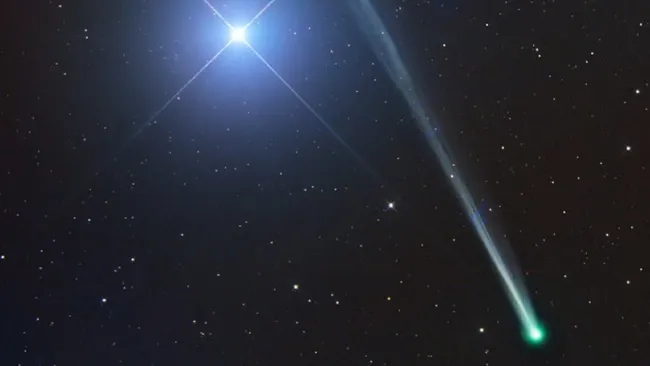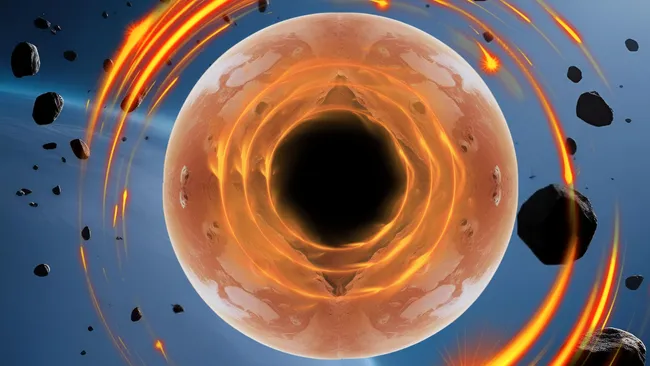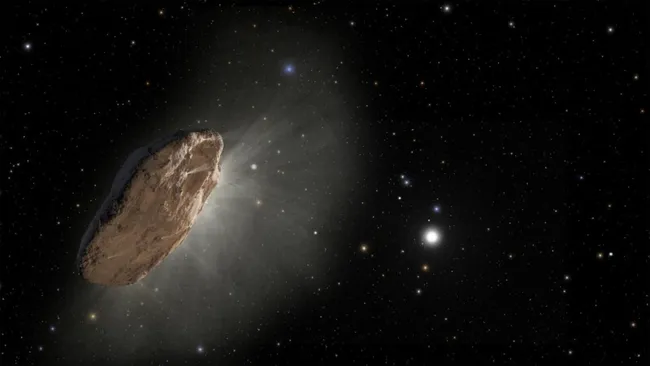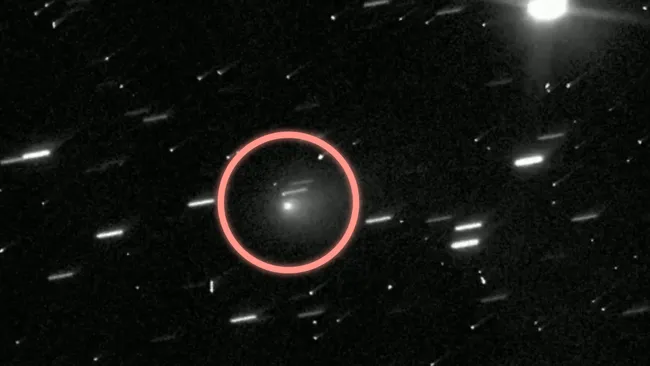A dazzling new visitor from the outer solar system is making its mark this month. Comet C/2025 R2 (SWAN) is brightening rapidly as it speeds past Earth, offering stargazers a potential cosmic show in October’s night sky.
Discovered on September 10 by Ukrainian amateur astronomer Vladimir Bezugly, the comet has since grown much brighter — sparking hopes it could become visible to the naked eye when it reaches its closest approach to Earth on October 21.
As C/2025 R2 (SWAN) nears the Sun, the intense heat triggers a process called sublimation, where frozen gases in its nucleus vaporize directly into gas. These gases and dust form the comet’s glowing tail, illuminated by sunlight and swept outward by the solar wind, creating the breathtaking sight astronomers eagerly await.
The comet made its closest approach to the Sun (perihelion) on September 12, passing just 47 million miles away — about half of Earth’s average orbital distance.
Recent readings from the Comet Observation Database (COBS) operated by the Crni Vrh Observatory in Slovenia estimate C/2025 R2 (SWAN)’s brightness at magnitude 5.6, faintly within naked-eye visibility under ideal dark-sky conditions. For comparison, the human eye can typically detect objects up to magnitude +6. Using binoculars or a small telescope will make spotting the comet much easier.
How to Find Comet C/2025 R2 (SWAN) in October
Throughout October, the comet will appear in the evening sky, best seen shortly after sunset before it dips low toward the south-southwest horizon.
On October 16, C/2025 R2 (SWAN) will be located about 5 degrees above and to the left of Xi Serpentis, a star in the Serpens constellation. For those unfamiliar with the stars, a stargazing app can help locate it precisely.
In the following week, the comet will drift above the “teapot” asterism in Sagittarius, then continue moving through the Scutum constellation — giving skywatchers multiple chances to catch this rare celestial traveler.







